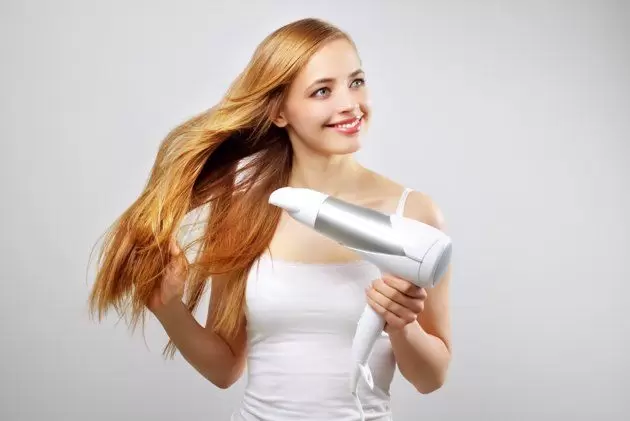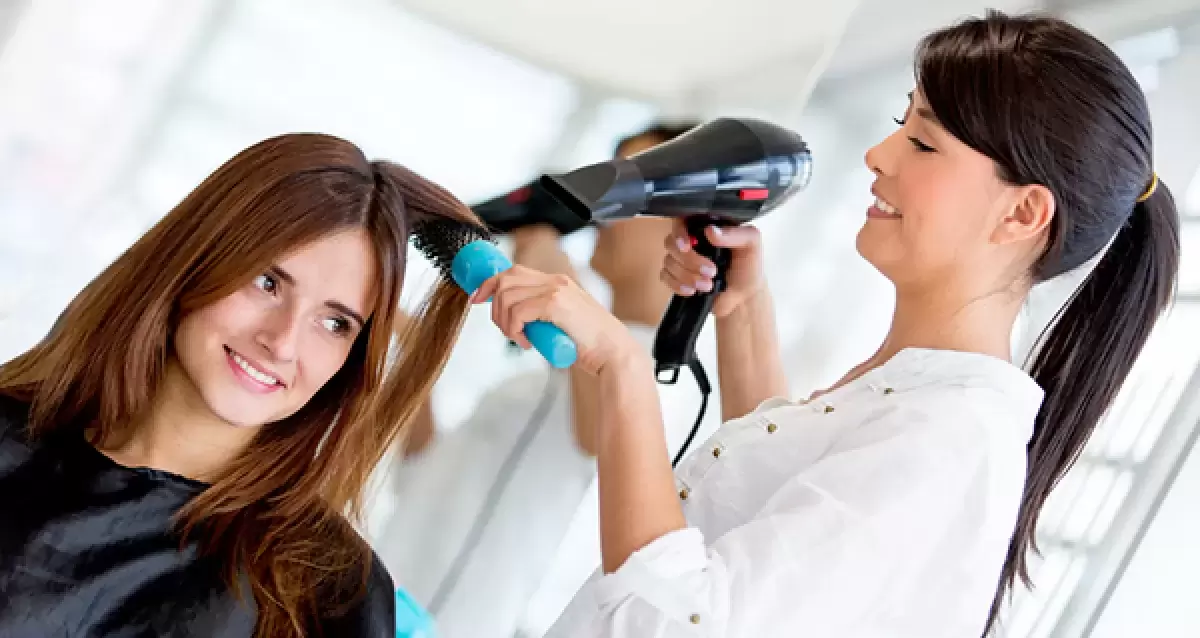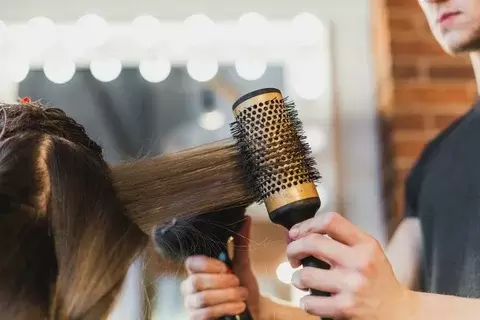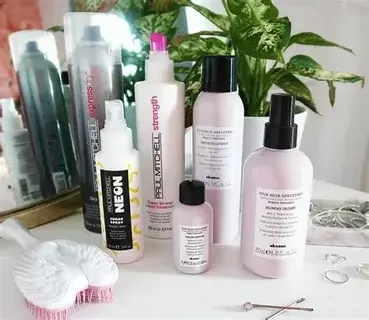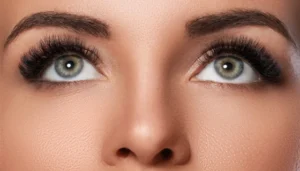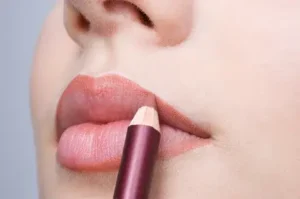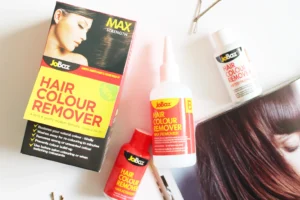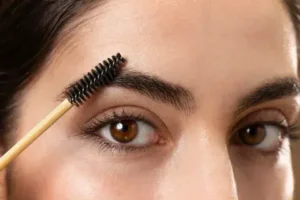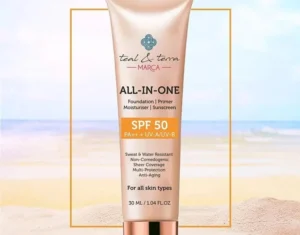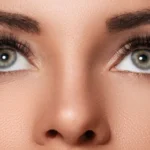Blow drying hair involves the usage of heated air to hurry up the drying manner. A hair dryer works via blowing currents of air, heated to diverse temperatures, over moist strands.
The warmed air works to evaporate water molecules from the hair cuticle layer and interior cortex of each hair shaft. This accelerates drying compared to natural air alone.
All hair dryers, regardless of price point or features, utilize a basic principle: they concentrate streams of heated air onto hair to force moisture out quickly.
Inside the barrel, a heating element (often a resistor or ceramic plate) brings air up to operating temperatures that can range from 100°F up to nearly 500°F on high heat settings.
A filter catches loose hairs and dirt particles, while an electric motor powers a fan to blow this heated air out vents onto hair.
When wet hair is systematically exposed to these high heat levels from dryers, it can lead to long term damage over time if repeated excessively without proper protection.
The heat causes changes to hair’s cuticle layer and protein bonds that compromise its integrity.
One independent study of 100 women who blow dried hair daily without heat proteins found 82% had damaged, dry strands within 6 months compared to a control group who air dried.
On a microscopic level, this damage manifests in raised cuticles prone to moisture loss, split ends, and thermal fractures of the protein cortex.
Each time hair is subjected to heat, its hygroscopic ability to retain moisture is diminished. This leads to dry, brittle strands over the long haul.
Excessive damage can even result in true thermal damage where the hair no longer recovers its original shape.
Signs You May Be Over Relying on Your Hair Dryer
While occasional blow drying likely does minimal harm for most, regularly exposing hair to high heat without precaution causes issues down the road. Here are some signs it may be time to scale back:
Flyaway and Frizz : Hair that used to lay smoothly now puffs up and frizzes easily, a result of cuticle damage.
Increased Tangling : Heat dried hair tangles more due to roughened cuticles that snag instead of lying flat.
Breakage : Frequent brushing or styling results in an unusual amount of broken hairs or strands shedding out.
Diminished Shine : Natural luster and vibrancy fades, leaving hair looking dull and dry instead of healthy.
Slow Drying Time : It takes much longer for hair to dry between wash days as moisture repelling cuticles wore down.
Split Ends : Longitudinal splits travel further up the hair shaft, often requiring trims every 4-6 weeks.
If several of these signs appear, it means protective steps must be taken or blow drying frequency reduced to avoid worsening hair health long-term.
Our hair can only withstand so much thermal manipulation before breakage occurs.
Best Practices for Safely Blow Drying Hair
For those who can’t abandon their blow dryer cold turkey or want techniques to extend its use gently, some best practices include:
Pre-Treat with Heat Protectant : Apply a lightweight leaf in cream or spray, especially to ends, containing silicones or thermal protectants before any heat styling. Look for products rated to 460°F.
Go Low and Slow : Most hair only needs medium heat maximum. Start on cool warm and raise slowly as hair dries to prevent hot spots.
Section and Direct Airflow : Work in 1″ sections and angle the dryer down the hair shaft from roots to ends for even protection.
Diffuse, Don’t Fry : For curly hair, use a diffuser attachment and gentle bursts versus blasting with concentrated heat.
Consider a Round Brush : Adding a medium sized rotating brush allows quicker, more distributed drying than a dryer alone.
Hit the 15 Minute Mark : Most hair dries fully within this timeframe with the right technique. More time exposed to excess heat.
Dry Only a Few Times a Week : For finest hair, allow 24-48 hours between drying to let cuticles fully rehydrate.
Finish with Cool Shot : Run dryer on cool after to seal cuticles and set style for longer lasting softness.
By meticulously following these practices each time hair is dried, the damaging effects of heat can be lessened, allowing for continued (but limited) blow drying use over many years.
Prevention is crucial to preserving hair’s health as long as possible.
Tips for Speeding Up Blow Drying hair Naturally
For some hair or days, skipping heat tools altogether is ideal for hair’s wellbeing.
But air drying can still seem like a slog. Here are expert endorsed ways to significantly cut natural drying time:
- Microfiber towel dry. Gently squeeze or wrap wet hair in a super absorbent microfiber hair towel for 5-10 minutes before allowing air to finish the job.
- Diffuse partially. Use a diffuser attachment on a dryer on its coolest setting to speed up surface drying of strands without fully blow drying.
- Lean your head forward. When towel drying, lean over with your head hanging down so water drips out, shortening overall wet hair time.
- Scrunch with a t- shirt or cotton. Absorb excess moisture by squeezing or rolling locks in soft fabric rather than rubbing roughly with a regular towel for less frizz.
- Let hair air dry halfway laying down. Place yourself in a reclined, slightly upside down position to use gravity while hair dries halfway horizontally.
- Use drying tools sparingly as a treat. Save heat styling for special occasions only versus as a daily habit to maintain moisture balance over the long term.
With a little patience and the right techniques, air drying can become a perfectly valid option for most hair without sacrificing time or style. It need not always be a last resort.
Alternatives to Blow Drying hair for Styling
For finishing touches once hair is towel dried or fully air dried, consider kinder heat free options than whipping out the blow dryer:
Natural drying with scrunch. Let waves or curls form on their own by gently gathering & twisting into loose pins overnight for loose beachy texture.
Hooded or standing dryers. Their top mounted or upright styles hit hair with diffuse, all over warm air that dries evenly in one direction for low heat styling.
Air drying techniques. Use a diffuser for wavy hair or finger coil short pieces while damp for soft curls and waves without tools once dry.
Low heat flat irons or curlers. Models set permanently below 350°F can still style hair smoothly or in loose spirals and ringlets while preserving locks’ moisture levels and shine.
Satin or silk hair accessories. Scrunchies, hair ties and pillowcases with slick materials don’t snag or break hair while preventing frizz causing friction during sleep or transport.
Protective styling. Low manipulation styles like braids, buns and clips that shield hair from external damage and reduce handling when air drying indoors or outside.
Even without a blow dryer’s rapid drying power, hair can look polished and healthy using gentle warmth free techniques that safeguard its long term integrity and texture.
Heat styling done judiciously has little risk for most, but habitual overuse takes a significant toll unless mitigated.
Incorporating protective practices or lowering dependency through alternative methods helps hair maintain optimum wellness over the long run.
A multifaceted approach combining heat free options and safety minded heated drying strikes the ideal balance.
With diligence, hair can stay in its best condition for years to come regardless of styling needs or schedule.
Frequently Asked Question (FAQs)
Q: Is blow drying hair damaging?
A: Correct blow drying will not harm your hair.
Q: Is it better to blow dry your hair or not?
A: Blow drying is a quicker way to dry your hair.
Q: Can I blow dry everyday?
A: Using a blow dryer (or flat iron, or curling wand) every day is a bad idea.
Q: Is it bad to sleep with wet hair?
A: Can lead to increased friction against the pillow, causing breakage and weakening of the hair shaft.
Q: Is blow dry permanent?
A: A permanent blow dry, on the other hand, can last up to six months with the proper care.
Conclusion of Blow drying hair:
In conclusion, the occasional use of a blow dryer heated to medium low levels is unlikely to cause harm for most healthy hair.
Repeatedly exposing locks to high intensity heat without breaks or protective precautions can gradually degrade hair quality over months and years through damage accumulation.
By mixing up drying and styling routines to incorporate air drying, low heat tools, heat protectants and rest periods between heated manipulations, it’s possible to reduce long term heat related damage and extend the lifespan of one’s locks.
Adopting a multi pronged approach customized for individual hair type and needs helps maintain hair in its best possible condition no matter what styling goals or time constraints exist.
Overall care and prevention are key to hair’s long term strength, softness and good health.
